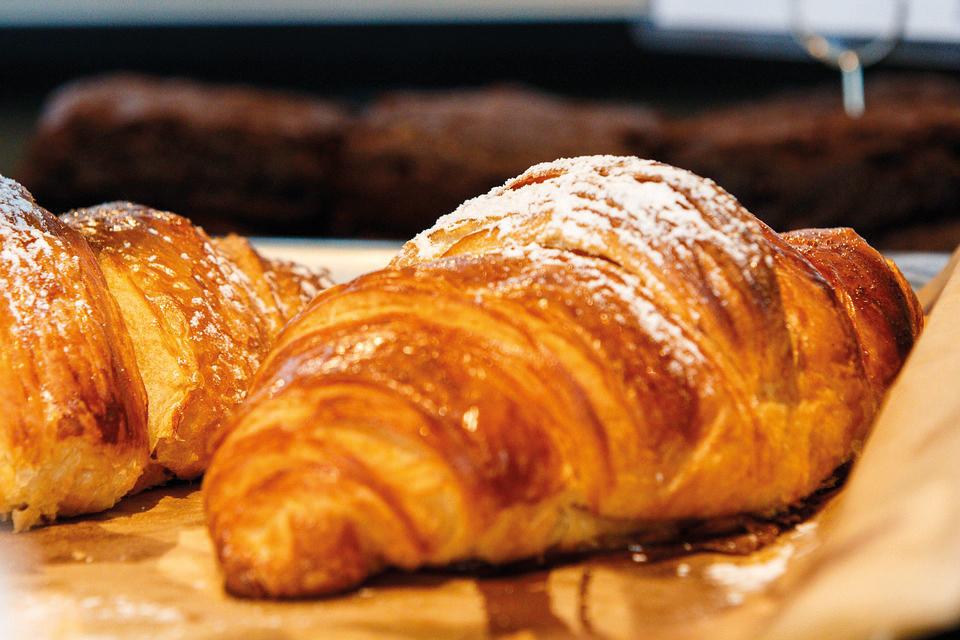


They are traditionally created by folding layers of yeast-leavened dough - a technique known as laminating - to create a pastry with a flaky texture. It would be a mistake to confuse the genuine crescent-shaped croissant with the dozens of half baked imitators. Don’t for heaven’s sake put them into the same category as the Johnny-come-lately Danish pastry, the flashy pain au chocolat or the brash custard slice. The croissant, as we know it today came into the world in 1839 when Austrian artillery officer August Zang decided to blow people away with his delicate pastries instead of high explosive shells and founded the Boulangerie Viennoise in Paris. From his shop, Zang adapted the Kipferi, baking it in a crescent shape which then rapidly gained popularity. But to trace its history properly, we need to dust off the family photo album. Delving into the croissant family tree we find a sepia tinted photograph of the Kipferl - an ancestor of the croissant, which has been kicking around in Austria since at least the 13th Century - which may be descended from the flaky crescent shaped Egyptian feteer halali pastry. According to culinary legend, the precursor of the croissant - Kipferi - was created to celebrate the defeat of Islamic forces by the Franks in 732, with the crescent representing the Islamic crescent. But pastry professors are divided, with some claiming that it was invented in Buda in 1683 to celebrate the defeat of the Ottomans by Christian forces during their siege of the city. The story goes that a baker who was up early to stoke up the ovens before anyone else was awake and raised the alarm when he heard the sound of tunneling under the walls. The tunnel was blown up and as a reward, the baker asked for the exclusive right to bake his crescent shaped delicacies to commemorate the scuppering of the attack. So… think about that the next time you’re teetering between pastry choices. I dread to think what the cream horn is meant to commemorate - I simply refuse to put one in my mouth.